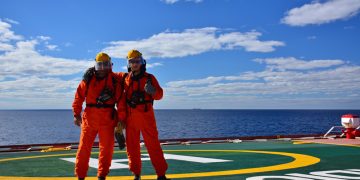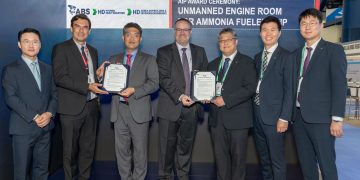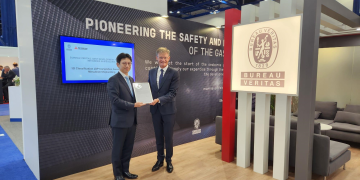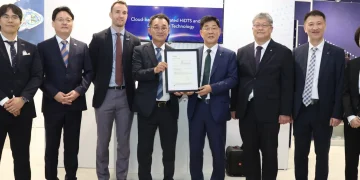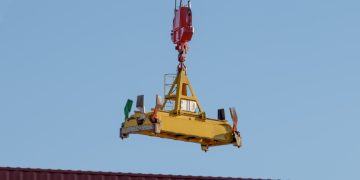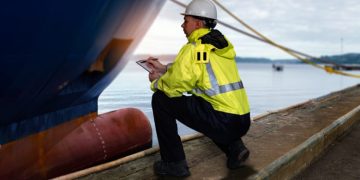Maersk subsidiary orders diesel electric OSV
Zamakona Yards has signed a contract with the owner ESVAGT A.S, a company belonging to the multinational Danish AP Møller-Mærsk. The vessel will be delivered in the 2nd quarter of 2017 and will have the design and engineering of Havyard Design & Solutions A.S in cooperation with the ship-owner himself and our shipyard. It aims to make the change of crews in emergency assistance to offshore oil platforms, support for the maintenance operations of wind offshore facilities, etc. With 88,40 meters length by 15 meters beam, it will have diesel electric propulsion of last generation that ensures a reduction in fuel consumption around 13% compared to conventional propulsion systems. In addition, for the first time on a vessel of this type, a device consisting saving fuel will be installed in an appendix located at the stern that will be called Hull Vane® to reduce other consumption by 5%. It will have the capacity to accommodate the transfer of up to 76 people housed in individual cabins and have a system of telescopic davits for launching boats working on both sides of the ship. “The current market situation allows us to recognize the friend ship-ownerand collaborator, “says the head of ...
Read more







